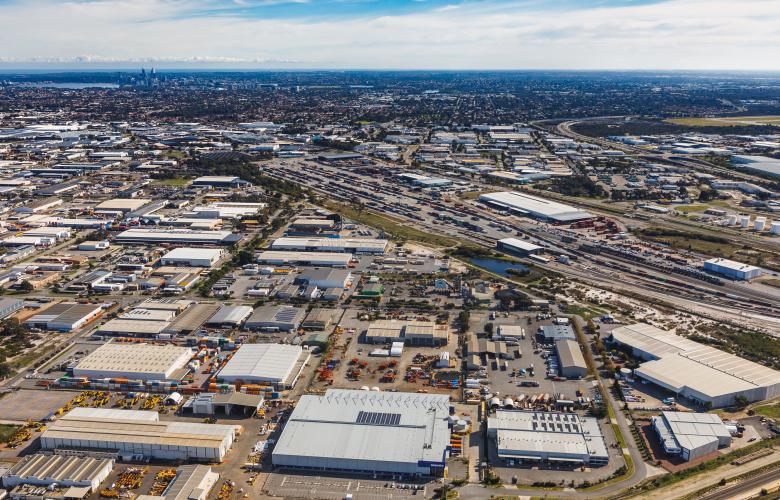Industrial market Western Australia – Demand continues to soar - Colliers
Contact
Industrial market Western Australia – Demand continues to soar - Colliers
The industrial market has started with a bang in 2023 with a surge in enquiries and a level of demand for industrial assets not seen in years, according to Colliers WA Director Industrial, Sam Hammond.
The industrial market has started with a bang in 2023 with a surge in enquiries and a level of demand for industrial assets not seen in years, according to Colliers WA Director Industrial, Sam Hammond. Warehouse assets between 2,000sqm and 5,000sqm are the most popular due to current market conditions which have seen e-commerce businesses continuing to take up available space in Western Australia.
Mr Hammond said “We have seen industrial enquiries increase in 2023 at unprecedented levels. I can't see it slowing down anytime soon. If anyone is looking for industrial space, now is the time to act before all available stock is secured.”
Perth’s Industrial and Logistics market has recorded significant growth in recent years, with demand outweighing supply by a large margin.
Given the influence the resource sector has on WA’s economy, the local Industrial market tends to experience greater volatility in the delivery of new supply in comparison to the East Coast capital cities. Another factor is the competition from owner-occupiers, as opposed to developers, to secure core development opportunities.
As a result, during troughs in the local economy, supply levels contract and are often unable to match demand once conditions rebound. This is typically due to lead times for construction and land availability.
Mr Hammond says, “the tightness in the market is likely to remain with a slow release in future supply. Forward planning is going to be critical for operational excellence.”
“Leasing enquiries from industrial users has been surprisingly strong for so early in the year. Typically, the month of January is slow as people are on leave and management teams only fully return post Australia Day.”
There are a number of reasons for this strong demand. Firstly, the economy is faring well and businesses are expanding off the back of elevated levels of consumer spending. Secondly, new Industrial developments are beginning to be advertised, which is creating new supply and appealing to businesses looking to relocate. Businesses have continued to focus on efficiencies and new facilities have been highly sought after as a result.
“Another factor driving demand is the fact that tenants who would usually take 2 – 3 months to secure an asset are now unable to do so due to supply shortages. The general demand continues to grow while the back log of tenants in the market grows even longer. As a result, businesses are having to compete more fiercely for industrial space, and this is pushing up rents and tightening the vacancy rates.”
To make the most of this strong industrial tenant demand, landlords should ask their agents to analyse the demand profile of prospective tenants and upcoming stock supply. This way, landlords can best identify which product types are likely to lease first and can focus their strategies accordingly. Additionally, it is important to note that buildings need to be designed for today's market, but also future-proofed to create an asset for the long term.
Mr Hammond said “In order to make the most of the current market conditions, it is important to apply speed with decision making and design processes. With enquiries from industrial users being strong so early in the year, it is expected that tenant demand in warehouse sizes ranging between 2,000sqm - 5,000sqm will continue to increase. Acting quickly on potential opportunities could prove beneficial for both landlords and tenants.”
Colliers State Chief Executive of Western Australia, Richard Cash, says “after a successful year, our company-owned office in Perth has seen the expansion of the Industrial team gain further momentum. The team continues to secure multiple sales and leasing appointments, predominantly servicing WA-based high net worth groups, Syndicators and Institutional clients.”







